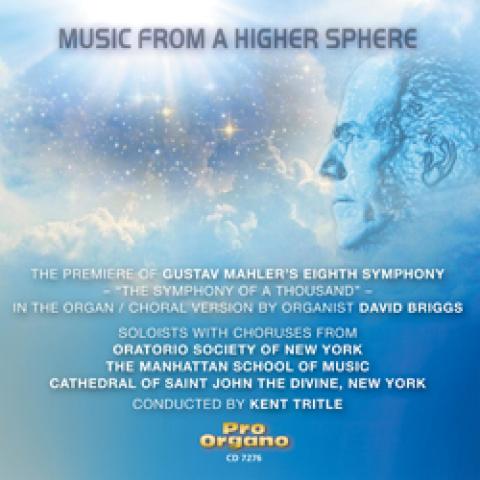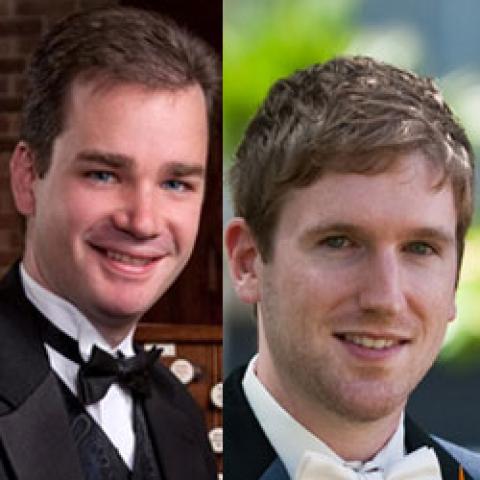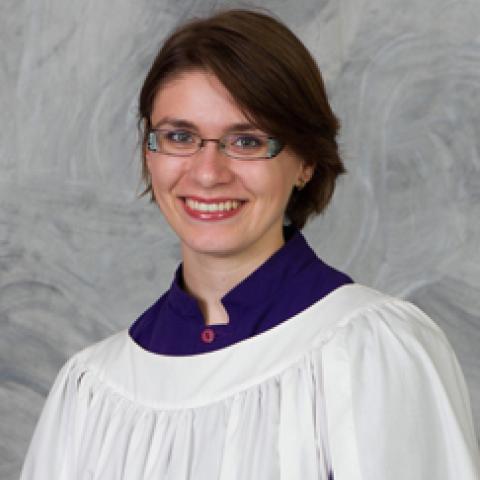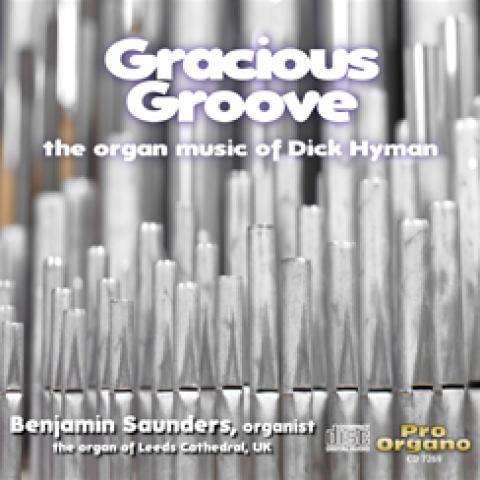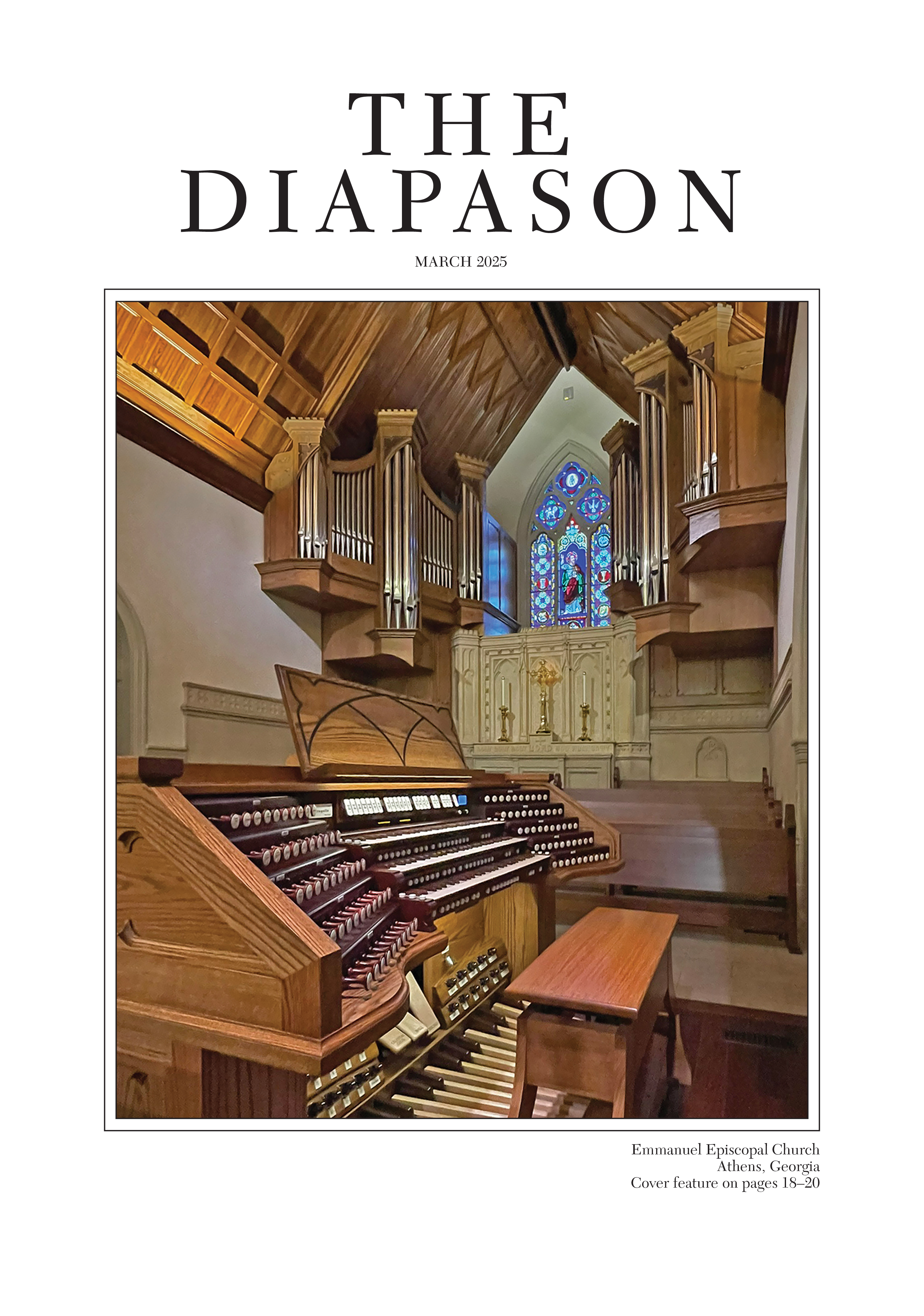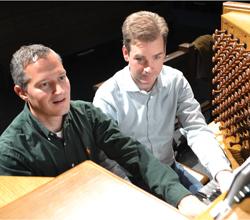
Pro Organo announces a new recording (Pro Organo 7275) by Texas-based Ken Cowan and Bradley Welch of music for two organists, recorded on the five-manual Casavant organ at Broadway Baptist Church, Fort Worth, Texas. Cowan and Welch had presented a program of duo-organist music at Broadway Baptist, and the response to the concert was so positive that Al Travis, organist at Broadway Baptist, encouraged them to record a program. Bradley Welch is active as a freelance organ recitalist, and Ken Cowan divides his time between concert engagements and teaching at Rice University in Houston. For information: https://proorgano.com.
The photo shows Bradley Welch and Ken Cowan at the Broadway Baptist console.

